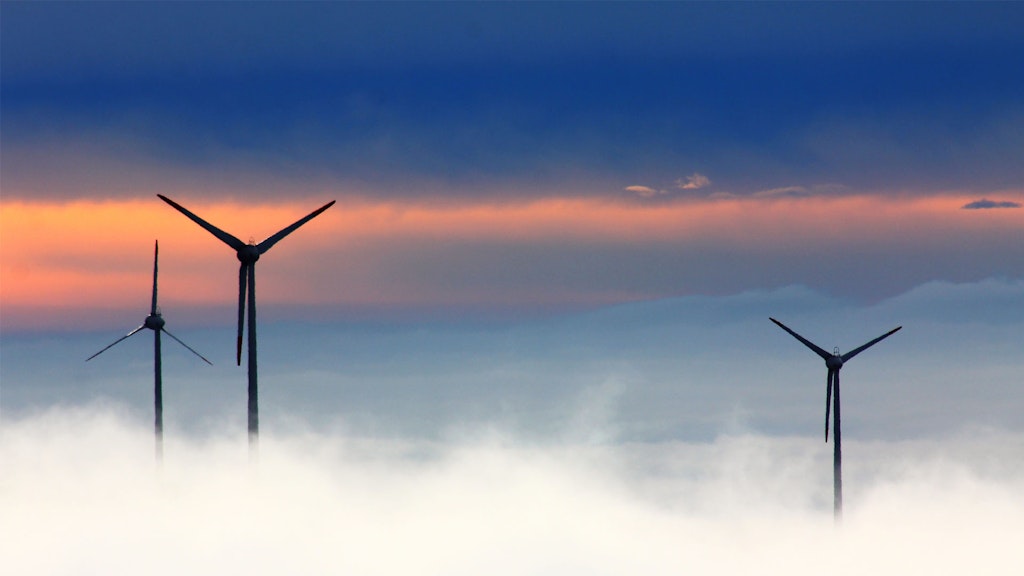How many wind turbines do we need to get to zero carbon?
May 8, 2019Home » How many wind turbines do we need to get to zero carbon?
How many wind turbines do we need to get to zero carbon?
CAT’s Zero Carbon Britain research has been quoted recently as finding that we’d need wind turbines ‘covering an area twice the size of Wales’ to meet energy demands in a net-zero greenhouse gas emissions scenario. Where does this measure come from?
The Zero Carbon Britain scenario
Zero Carbon Britain: Rethinking the Future is a technical scenario that shows how we can reach net-zero greenhouse gas emissions using technology available today. Through a combination of powering down energy demand from buildings and transport, powering up renewable energy supplies, and changing diets and ways of using land, we can reach net zero and avoid the most dangerous levels of climate change.
Estimated numbers
Our research suggests that wind power could provide a large proportion of the UK’s electricity demand in a zero carbon scenario.
We estimate that we could build 130 gigawatt of offshore wind – around 13,000 turbines ‘covering’ an area very approximately 43,000 km2, which is indeed around twice the size of Wales. We’d also need around 7 gigawatt more onshore wind, which is about 3,500 turbines (again, the number depends on the size).
Space for nature
‘Covering’ is in inverted commas here because, due to the wide spacing between wind turbines (which is necessary to avoid turbines ‘wind shading’ one another), almost all of the area ‘taken up’ by a wind farm is still available for agriculture (onshore) or for marine life (offshore).
In fact, offshore wind farms can actually have a positive impact on marine biodiversity because turbine foundations can act as artificial reefs, and because they can offer protection from large fishing vessels. So when we talk about vast areas being ‘taken up’ by wind farms it’s important to remember that unlike, say, open cast coal mines, wind farms do not actually reduce the amount of land available for wildlife or food production.
Visual impact
In terms of the visual impact, a large proportion of the UK’s wind power potential is in offshore areas like the Dogger Bank which, seen from shore, are hidden far beyond the horizon. Developments in floating wind farms mean future wind farm development need not be constrained to the areas with relatively shallow water depth needed for traditional fixed-foundations wind farms – meaning there is even greater scope for wind farms completely invisible from the shore.
Climate Emergency
Up and down the UK, councils and various arms of government have declared a Climate Emergency.
We have the technology to rapidly transition to a zero carbon economy so now we must act, and part of this requires a plan that will allow us to massively scale up the number of turbines we are building and remove the current barriers that have essentially stalled onshore wind.
Want to help?
Join us in calling on the UK and devolved governments to produce an urgent climate emergency action plan by signing our petition.
Or learn more about our Zero Carbon Britain project and how you can get involved.

- Zero Carbon Britain
- Press Releases
- Climate Change
- Energy
- News Feed
